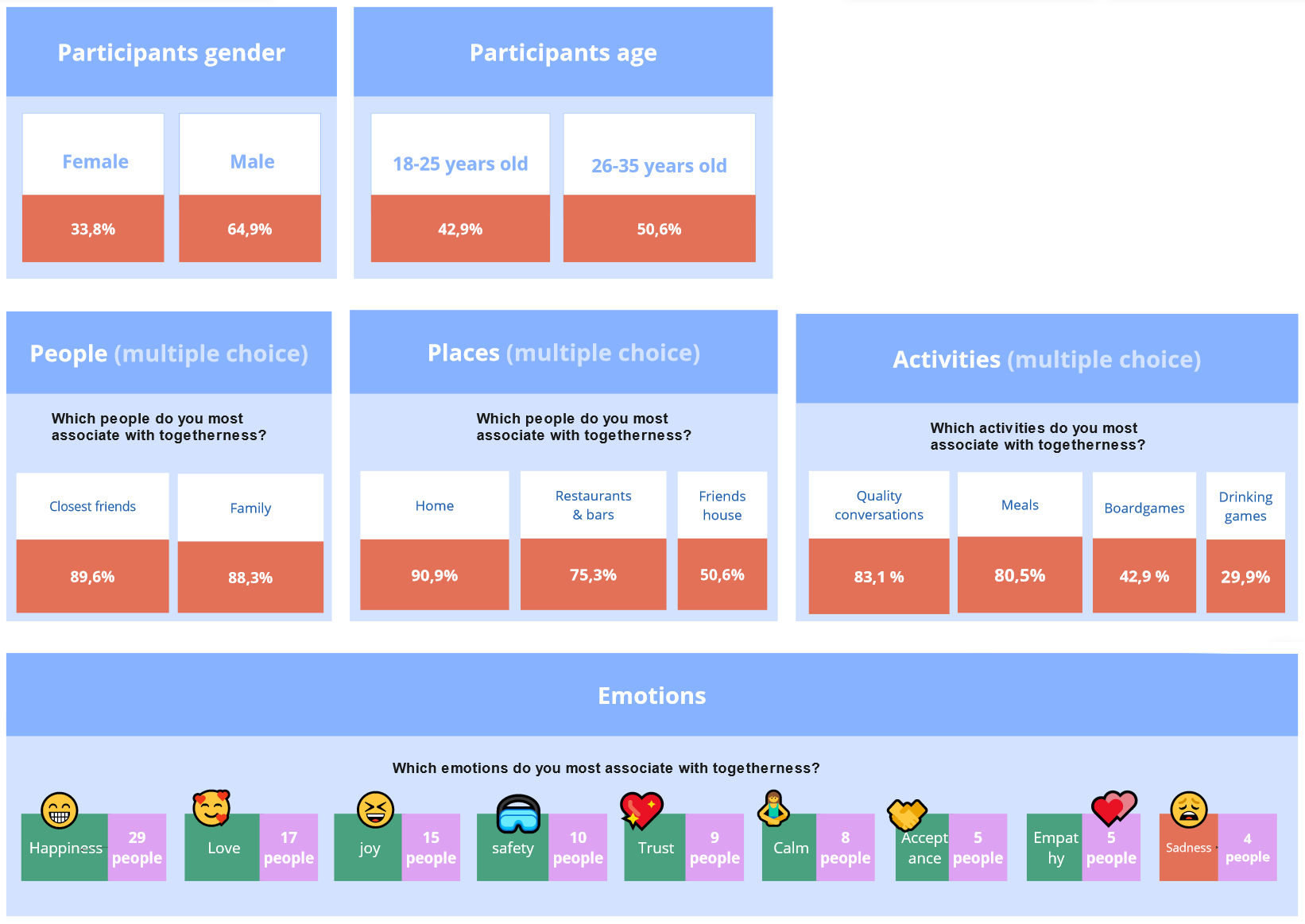
                                 
|
|
Survey
What?
When?
Surveys are often used before making decisions, Conducting surveys allows to collect data that help you to make informed choices.
How?
 Clearly define the purpose of your survey and the specific information you want to gather.
Clearly define the purpose of your survey and the specific information you want to gather.
 Determine the target audience who will be participating in your survey. Ensure that your questions are relevant.
Determine the target audience who will be participating in your survey. Ensure that your questions are relevant.
 Ask clear and concise questions that align with your survey's objective. Include a mix of closed-ended (multiple-choice) and open-ended (text-based) questions.
Ask clear and concise questions that align with your survey's objective. Include a mix of closed-ended (multiple-choice) and open-ended (text-based) questions.
 Organize the questions logically and group related ones together for clarity.
Organize the questions logically and group related ones together for clarity.
 Keep it brief and ensure anonymity.
Keep it brief and ensure anonymity.
 Evaluate the survey with a small group, make necessary adjustments, and then launch it to your target audience.
Evaluate the survey with a small group, make necessary adjustments, and then launch it to your target audience.
 Collect and analyze the data.
Collect and analyze the data.
Keywords
|
Probe |
Input |
Personnal |
Immersion |
User |
Research |
Private |
Daily |
|---|
